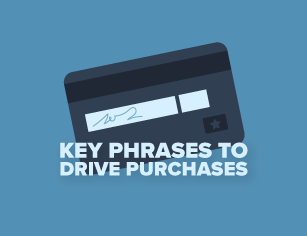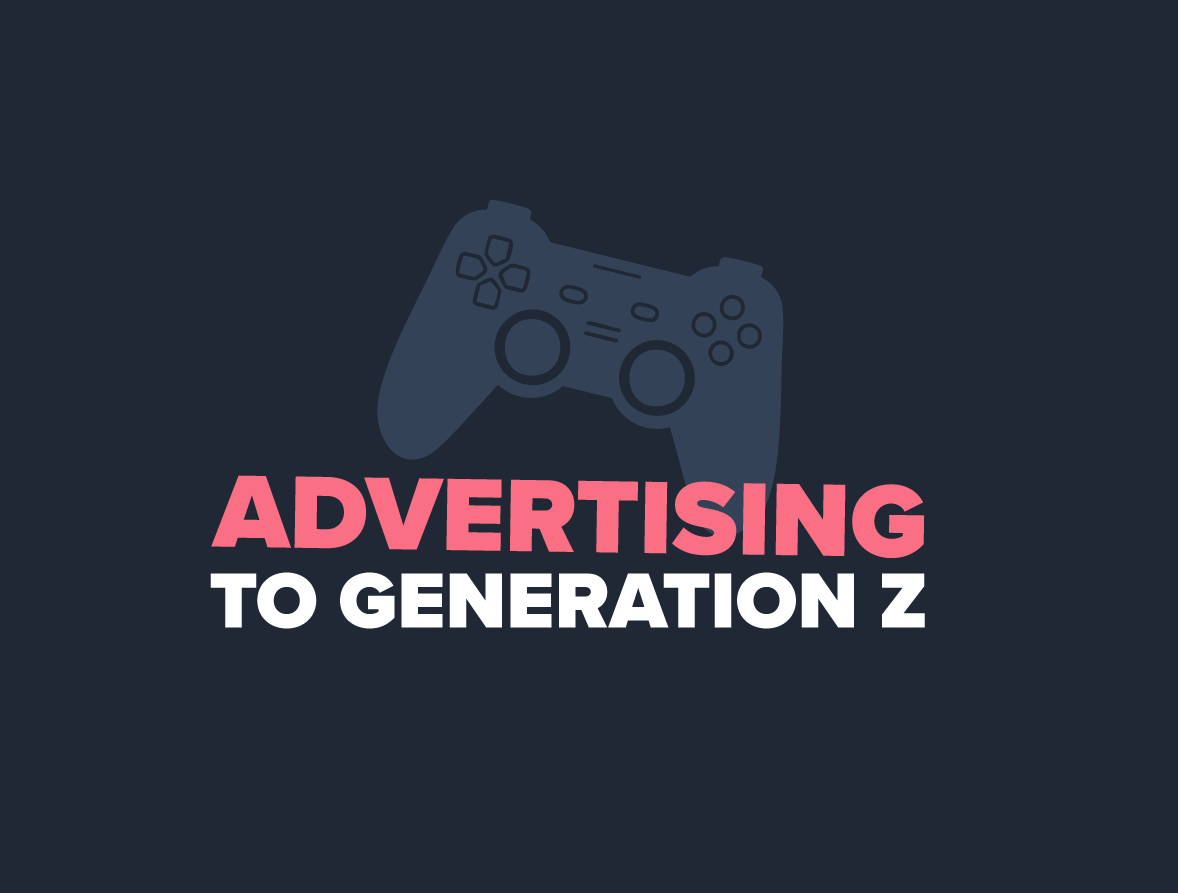After enduring prolonged lockdowns and travel restrictions, consumer interest in vacationing abroad is surging in 2024. People are eager to explore new destinations and generally make up for lost time, creating incredible opportunities for destination marketing.
With a renewed enthusiasm for travel, consumers are more receptive than ever to travel promotion campaigns, readily transforming into customers, even if they were not frequent travelers before the pandemic. All signs indicate we could be in a golden age of destination marketing. The only questions remaining include wondering what that means for the industry — and more importantly, can this last?

The State of Tourism in 2024
After several years of decline from the pandemic, tourism is again a booming industry. In fact, the lockdown restrictions created a lot of pent-up energy that’s now ready to burst into the world of travel. In Expedia Group’s 2023 Travel Value Index Report, nearly half of the survey respondents (46%) report that travel has become more important to them than before the pandemic. The share of travelers reporting having travel plans within the next six months increased to 92% in December from 91% in November.
The heightened enthusiasm for travel is translating into tangible revenue increases for the industry. Another report from 2023 by U.N. Tourism found that the international tourism sector was on track to recover nearly 90% of pre-pandemic tourism rates by the end of the year. Data shows that after COVID-19 lockdowns, the global luxury travel market is going to grow each year at a compound annual growth rate (CAGR) of 7.8%, reaching a $2.7 trillion valuation by 2032. However, it’s not all smooth sailing for consumers who want to travel and help the industry grow.
Inflationary pressures during and after the pandemic have left many struggling to keep up with day-to-day expenses. Still, cash-strapped or budget-conscious travelers are finding innovative ways to realize their vacations, including using Buy Now Pay Later travel payment and credit products. In fact, Expedia Group’s 2023 report found that 43% of surveyed travelers are upping their travel budget for 2024.

Expedia also found that the amount that people want to travel is increasing. When asked about upcoming travel plans, 79% of respondents said they will take a leisure trip next year, up from 76% when the previous survey was conducted. The average respondent said they plan to take at least two leisure trips. The high interest in travel, combined with budgetary concerns, makes investments in destination marketing critical to capture consumer spending.

The State of Destination Marketing in the Post-Pandemic Tourism Market
As a result of all of this consumer interest in travel, destination marketing is positioned to become a more important part of marketing strategies. Here’s what we know, as well as some of the best destination marketing tips to take advantage:
Digital marketing is the future of destination marketing
In early 2024, the Digital Tourism Think Tank released its report on The State of Destination Marketing, analyzing the impact of all disruptions and opportunities affecting the industry. In a survey of over 300 destination marketing organizations (DMOs), the report found that 6% of respondents have a department dedicated to digital strategy. In contrast, 64% keep digital marketing in-house as part of their overall team. DMOs understand the value of investing in digital capabilities like social media, email, and content, but now is the moment to invest even more.
Orgs that lean more heavily into digital now have a chance to realize massive ROI — even if it just involves outsourcing their efforts to third-party experts in the field. With such a surge in consumer spending on tourism, deepening performance analytics and refining strategy can reap massive wins.
Marketers have more channels and opportunities than before to reach consumers
The social media and technology landscape changed rapidly during the pandemic, presenting new opportunities for destination marketers to reach customers. In 2023 research by Future Partners, 15% of surveyed travelers reported that TikTok was the most influential channel for destination marketers to reach them through. This number is expected to grow as the platform becomes more widely adopted. New technology, like virtual reality and augmented reality, has also become more popular since the onset of the lockdown, creating innovative ways for destination marketers to engage and immerse consumers in their campaigns that are perfect for the industry.
All of these channels and mediums are essentially new frontiers, and destination marketers have a chance to claim significant market share if they come out as early adopters. Destinations that don’t perform well with traditional social media campaigns could suddenly find new life with the right TikTok video, or create an impressive VR experience for potential customers to explore. Imagine the impact of a viral ski resort promotion on TikTok, or taking viewers down a slope in a first-person VR video. One of the best destination marketing tips for this golden age is to be bold and invest resources for creatives to explore and experiment with new platforms and technology.
Marketers need to focus more on conversions
While the majority of DMOs adequately support their digital marketing endeavors, many run the risk of overlooking the complete range of opportunities available in the post-pandemic landscape. In particular, the Digital Tourism Think Tank’s State of Destination Marketing report found that 30% of campaigns still focus on stage-specific marketing actions to drive awareness, rather than the full-funnel tactics.
In this landscape, destination marketing needs to focus on driving conversions and showcasing the benefits of campaigns to stakeholders more than improving brand awareness.
Display advertising can generate impressions, but it’s critical to continue engaging leads and converting them into sales. Full-funnel campaigns that grab the attention, nurture leads, and incentivize conversions are the best way destinations can capture new revenue. For example, emailing custom package pricing for first-time customers at the bottom of the funnel could be the difference between losing a lead and gaining a lifelong patron. Demonstrating that type of impact also helps marketers justify their budgets and avoid future cuts.
Making the Most of This Golden Opportunity for Destination Marketing
It’s unclear how long this “golden age” of destination marketing will last after this initial burst of inspiration to travel after pandemic restrictions — especially when inflation creates so many budget constraints and economic uncertainty.
However, the current landscape does present a golden opportunity for destinations to gain new customers and convert them into lifelong patrons. Destinations need to bolster funding in marketing while interest in travel lasts, and marketers, in turn, need to act quickly before this opportunity passes by. Follow these best destination marketing tips to take full advantage of the moment.


